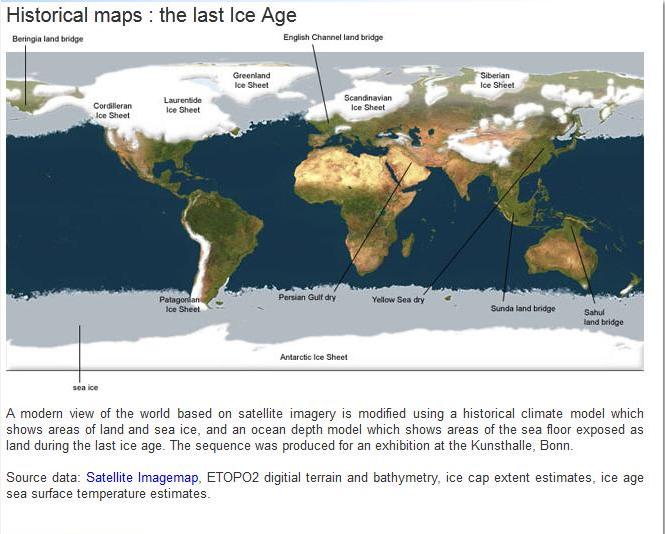My subject is the astonishing level of incomprehension of and contempt for Trump by the American elites.
A perfect illustration is available from Real Clear Politics’ Monday edition of the state of incomprehension of Trump by the American elite. It is called “the End of Intelligence”, and appeared first in the Sunday New York Times. It is written by Michael Hayden, who was the director of the Central Intelligence Agency from 2006 to 2009 and the National Security Agency from 1999 to 2005.
His concern is with ‘post truth’ America, and what follows is Hayden’s line of argument.
He illustrates his case with some whoppers (outright lies), exaggerations and nonsense that Trump told during the election. [No discussion is made of anything from Hillary].
Hayden writes:
We in the intelligence world have dealt with obstinate and argumentative presidents through the years. But we have never served a president for whom ground truth really doesn’t matter.
The case in point is the ill-conceived Presidential directive that has come to be called ‘the Muslim-ban’. Hayden detects a pattern: something starts with a Presidential tweet, then the legions of experts are called in to dampen, palliate, or moderate the instincts of the President.
“Sometimes, almost magically, he gets it right”, as when Trump agreed with the establishment to keep troops in Afghanistan.
But most of the time, Trump does not agree with the establishment, as on sanctions against Russia. In fact Trump disagrees with large sections of official opinion.
In this post-truth world, intelligence agencies are in the bunker with some unlikely mates: journalism, academia, the courts, law enforcement and science — all of which, like intelligence gathering, are evidence-based. Intelligence shares a broader duty with these other truth-tellers to preserve the commitment and ability of our society to base important decisions on our best judgment of what constitutes objective reality.
On how many issues is the American establishment wrong? They consist of journalists, academia, the courts, law enforcement and science. And on how many issues are the the general consensus of the establishments in North America and Europe absolutely, completely wrong?
- Global warming/climate change: a concatenation of errors in false analysis, false conclusions, and wrong-headed solutions that will impoverish us, all driven by an anti-development ideology masquerading as “science”
- Iran deceiving us about their nuclear plans, and we being willing to be deceived
- Russia, seen as if it were still the Soviet Union, a confusing the thuggish Putin with the mass-muderer Stalin
- Islamic terrorism – you cannot be allowed to see or speak to the link between Islam the religion and Islam the political idea
- Korea – seen as insoluble
I would say it is five for five, on the most important issues confronting the West today. And I am not talking about the ideological mess of our universities.
Of course Hayden and his ilk believe that Trump is irrational in opposing Establishment views, because it is impossible that they could be wrong. We have all read their 60-page memoranda; we have all taken our lessons from the professors; we have all bowed our heads to the liberals in robes on the courts; and the police are busy policing thoughts and attitudes, as they ought. How can we all be wrong?
How can the establishments in law, policing, science, foreign intelligence and academia be wrong? The answer is quite simple, really. They have been animated by wrong ideas for fifty or a hundred years, and the results are now being seen.
I was once subjected to spiteful derision from a man who thought my views on global warming were utterly wrong. Without his ever having researched the subject, he found most offensive the fact that I dared to have an opinion that was not the consensus of scientists, as he saw it. How could I be so bold? [As a Protestant I am culturally accustomed to taking on Establishments and declaring them without authority, is the answer.]
The heresy or sin is in having a view that is not an establishment view. And Trump is five for five. And that, my friends, is why the Establishment thinks that Trump is irrational. Because they cannot be wrong.









